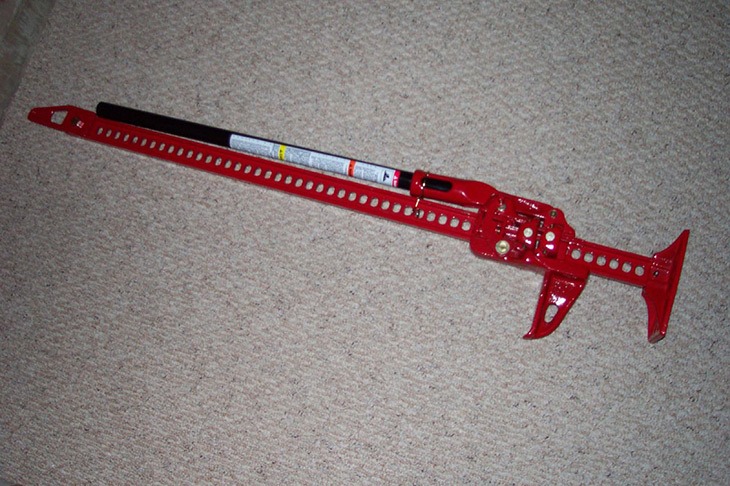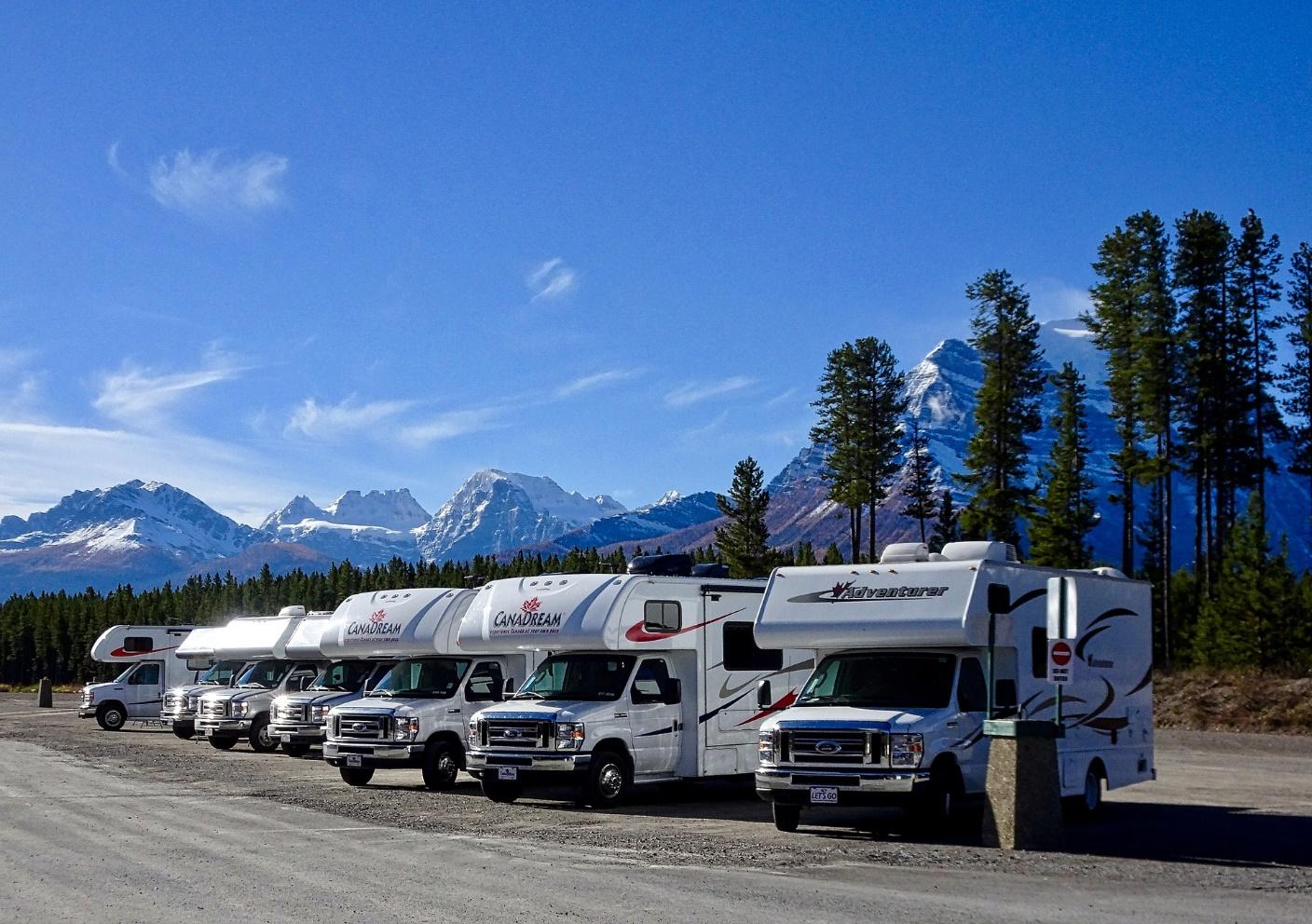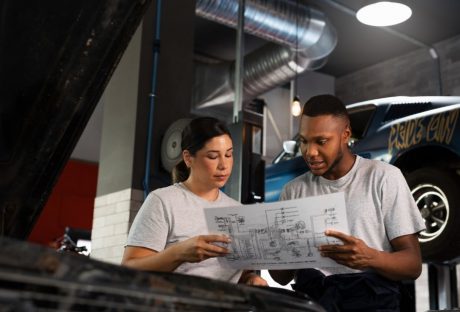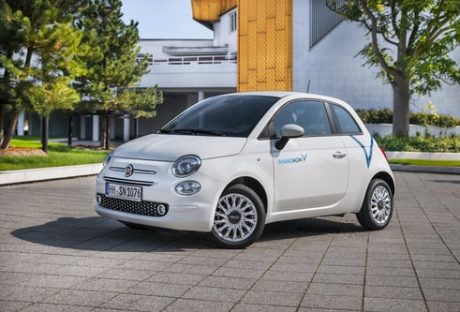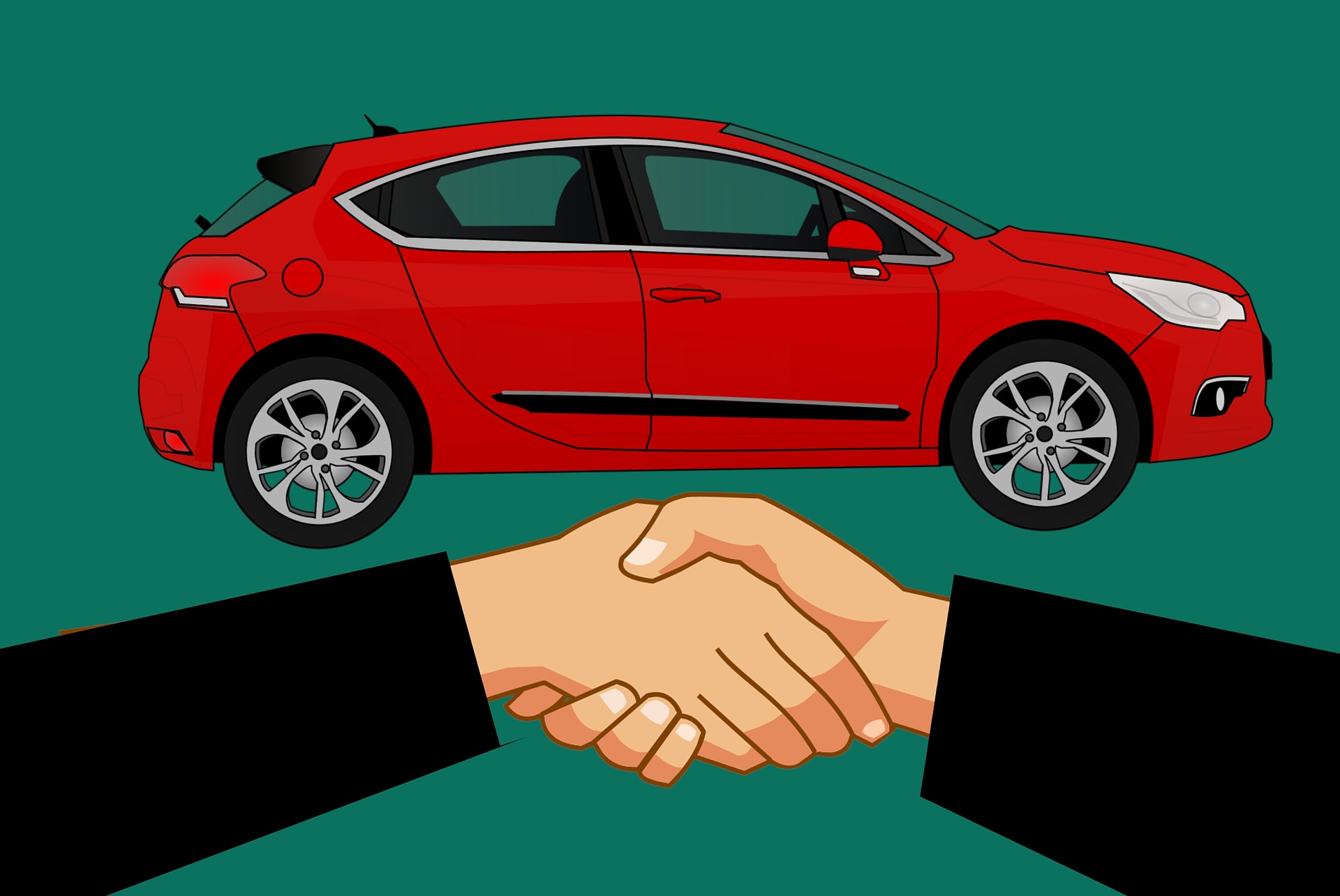High lift jacks have been in use for over a century now. It first hit the market in 1905, when Bloomfield Manufacturing Company introduced it as the Automatic Combination Tool. After the first launch, the jack has found many uses because of its simple design and sturdy layout.
It is certainly not the safest product and does not involve any high-end technology, but it is still in extensive use and also one of the most copied designs in the automobile care industry. As far as safety is concerned, it is very capable of sending you to a hospital bed with a lot of work for the surgeon.
Read also: Along For The Ride: Passenger Rights In Vehicle Accidents
Jack of All Trades
The high lift jack has one of the most straightforward designs among all tools of car care and maintenance. In its basic avatar, it is just a massive mechanical lever. This uncomplicated design is perhaps the reason for its multipurpose utility. Some of the common uses of the high lift jack are given below:
- Lift up the vehicle to change the tire. Its got plenty of power and speed to lift your 4-wheeler effortlessly. This is the most basic and mostly used the role of the jack. It can even lift up much higher for other uses.
- It can be used as a winch to get you out of trouble.
- I also use it for breaking the tire bead so that it can be cleaned.
- It is good to be used as a spreader or a clamp.
- You could turn the vehicle around on the spot by lifting one end of the vehicle and then pushing it to a side away from the jack.
Read also: Will Self-Driving Cars Replace Human Error?
How to Use?
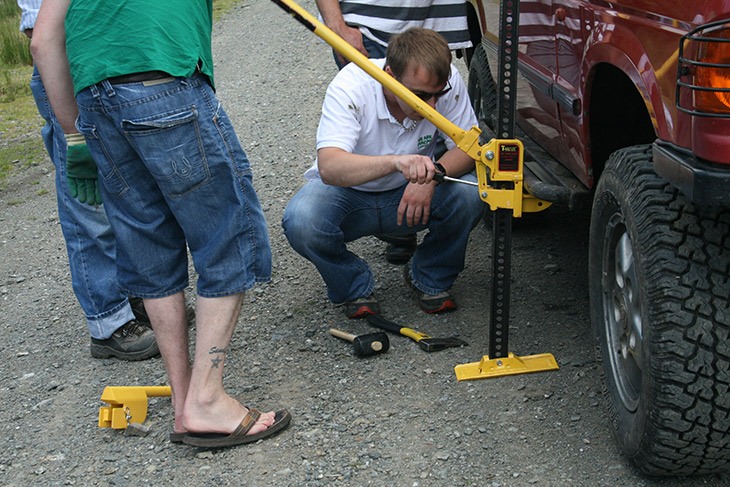
Being a high-risk tool, it is very important that you take all the precautions to get the best use from the high lift jack. Before you put the tool in operation, you should first understand how to use a high lift jack. Some critical points regarding the use of the jack for its main roles are mentioned below:-
Lifting Up
Steps to be followed are given below:
- Check the ground, level it if required, use a base plate if the ground is soft to avoid sinking and falling off.
- Switch the reversing latch at “up” after positioning the jack firmly.
- Put one hand on top of the jack to maintain balance, pull the handle to get the jack toe to touch the vehicle bumper.
- Check that the rack should be vertical and the jack on a firm base.
- Hold the handle and push it down to lift the vehicle.
- Follow the reverse with basic common sense to get the load down after the tire changing is done.
Read also: How To Shop For A Car With Your Teen Driver?
Getting Unstuck
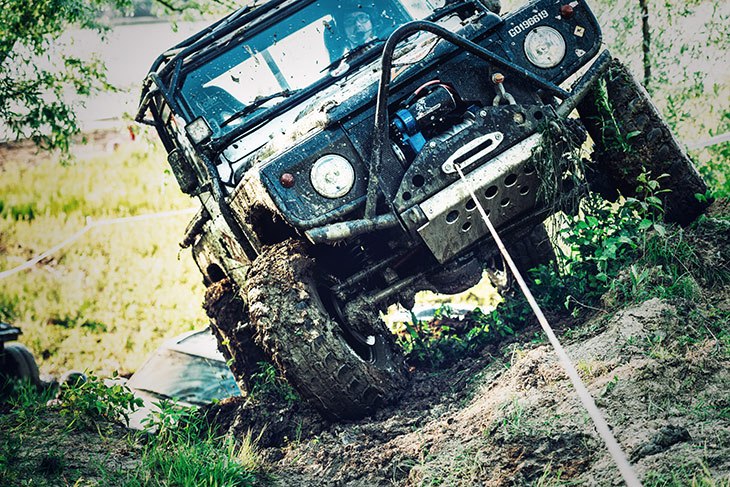
The same procedure as above will be used to lift the vehicle and then stack some rocks etc under the wheels to provide for a stable base before removing the obstacle from under the vehicle. You might have to push the vehicle’s lifted up portion to aside in order to rescue it from a difficult situation.
Winching Operation
When the need arises, use the jack as a winch with a shackle and a chain. It is a powerful but slow winch, so you have to be patient. Put a chain, wire rope or a recovery strap to join the jack’s toe with the recovery point on the vehicle. Put another chain from the top of the rack to the anchor. Remove all slack in the chains and proceed by operating the jack in the same manner when you are lifting the vehicle up.
Miscellaneous Uses
The jack’s capability to lift is not limited to cars, it can be used to lift any other item as well. The main operational precautions will remain the same as mentioned above. Some of its additional uses are:-
- It can become a great hoisting tool when used in conjunction with a couple of shackles.
- The top clamp of the jack makes it very good for use as a huge clamp as well as a spreader.
- Even a bent tie rod end can be straightened using this amazing tool.
If you only know how to use a High lift jack and take basic precautions then this tool is the most amazing piece of engineering that you will ever encounter. However, if you ignore the safety precautions, you could land in a hospital bed very soon.
Read also:













